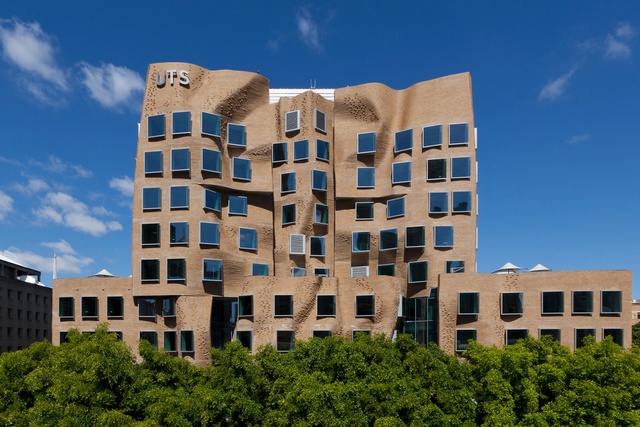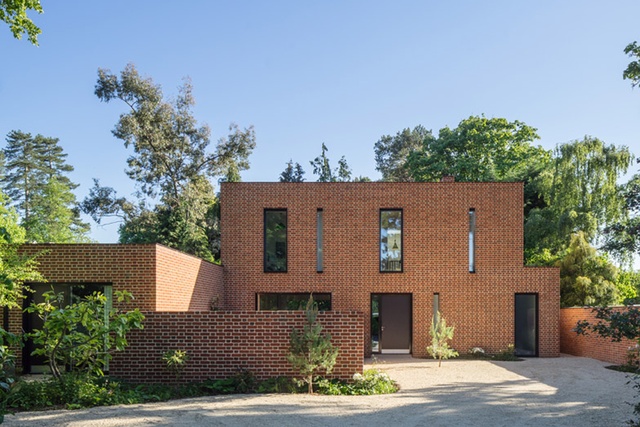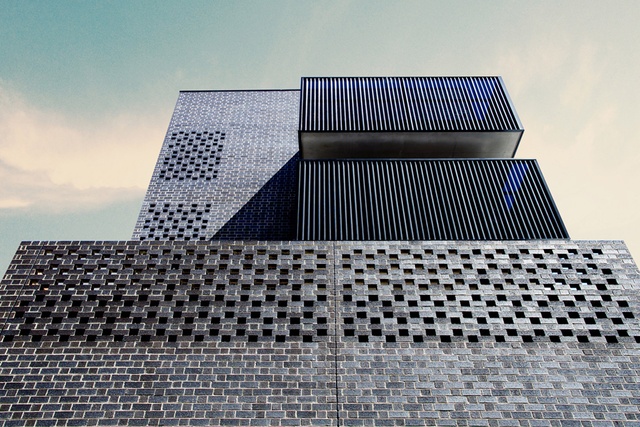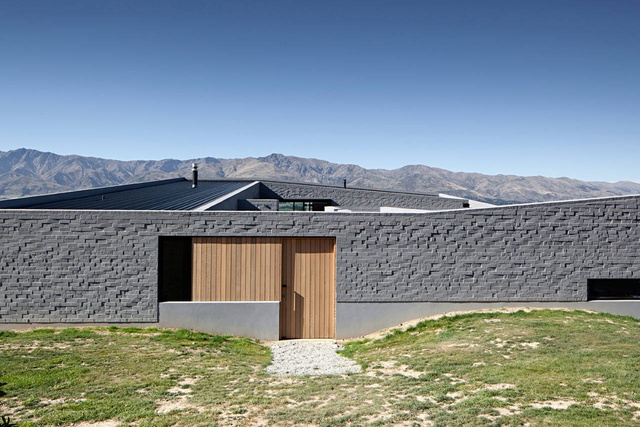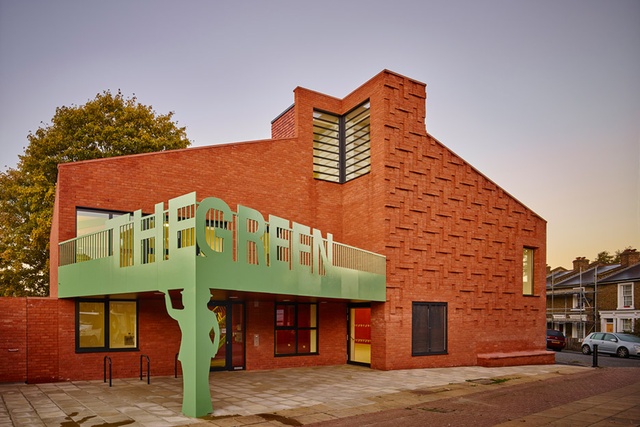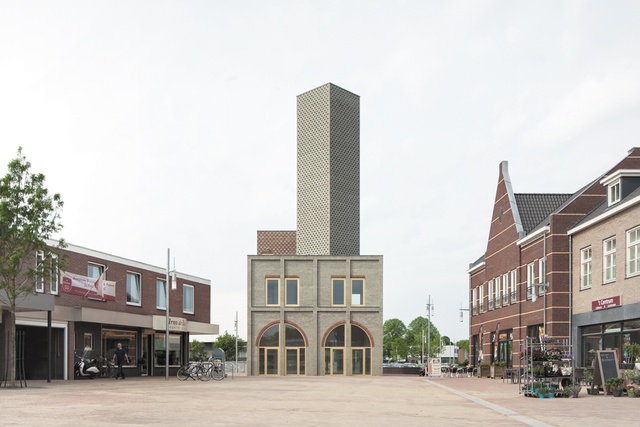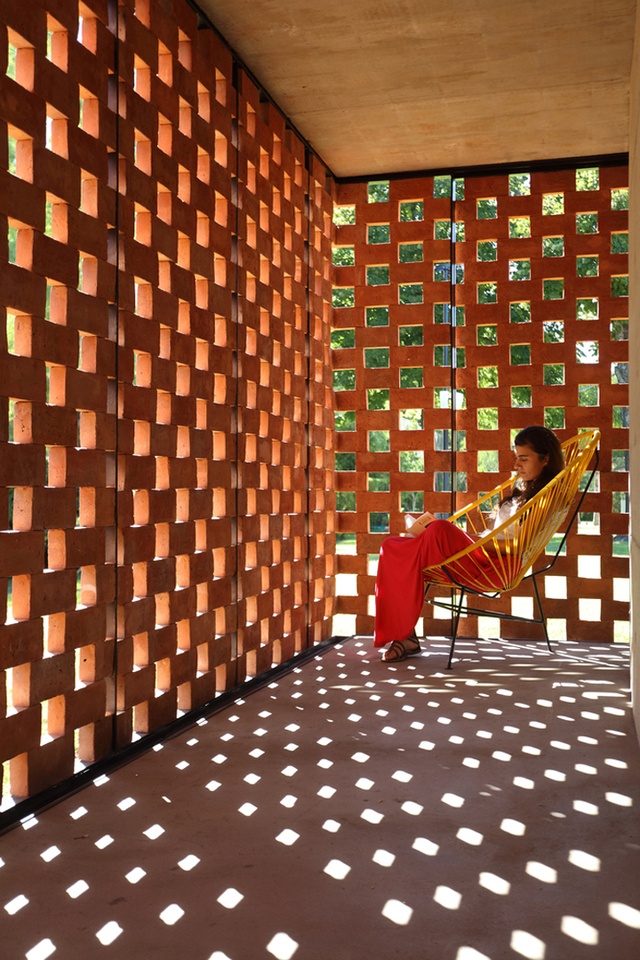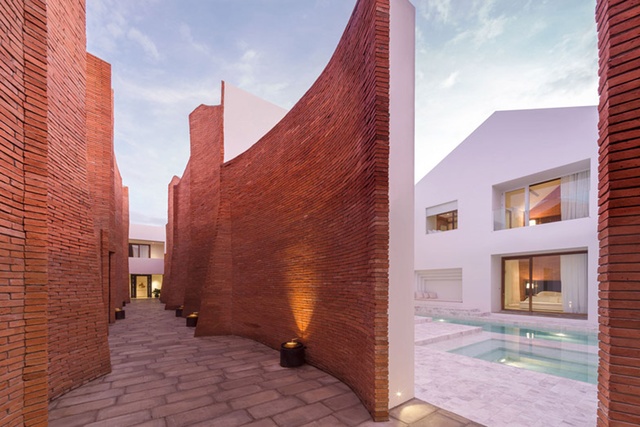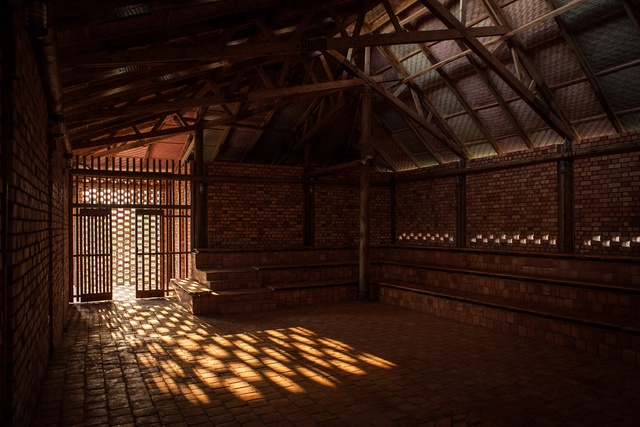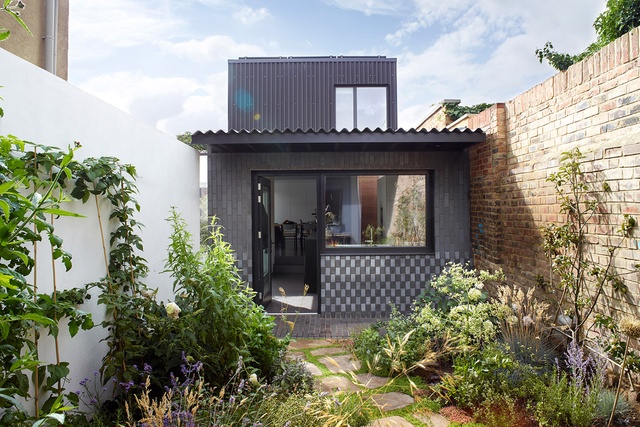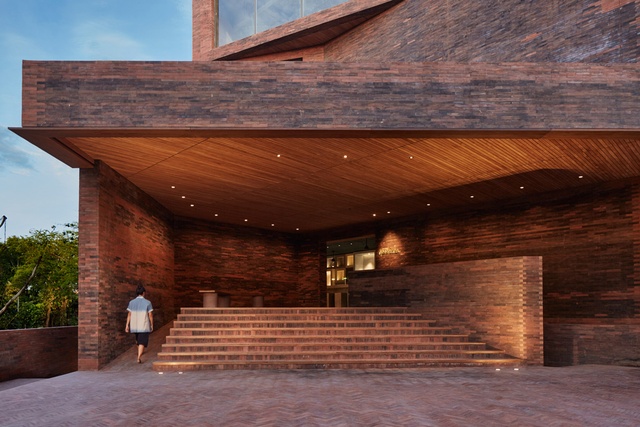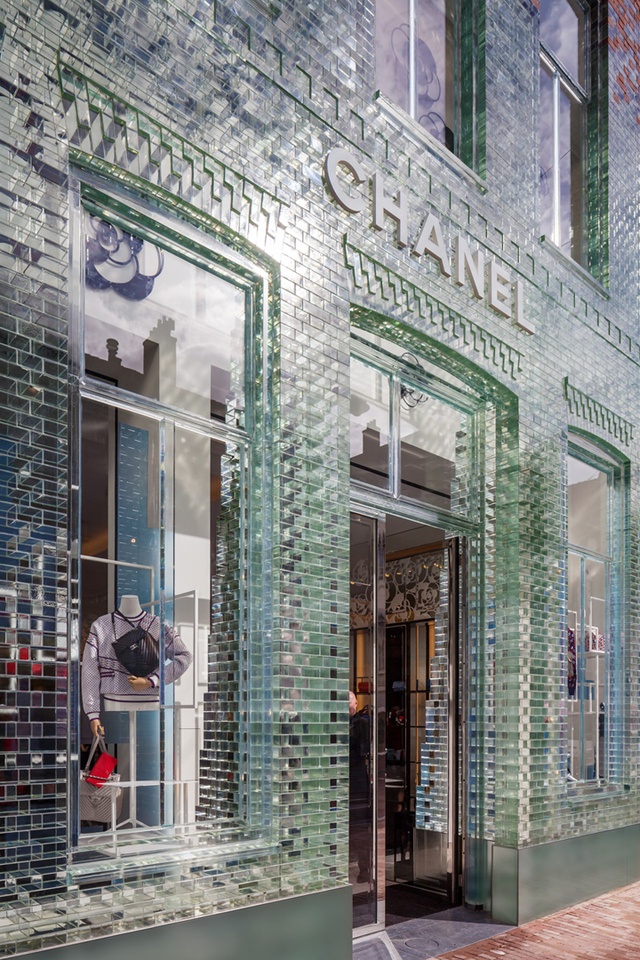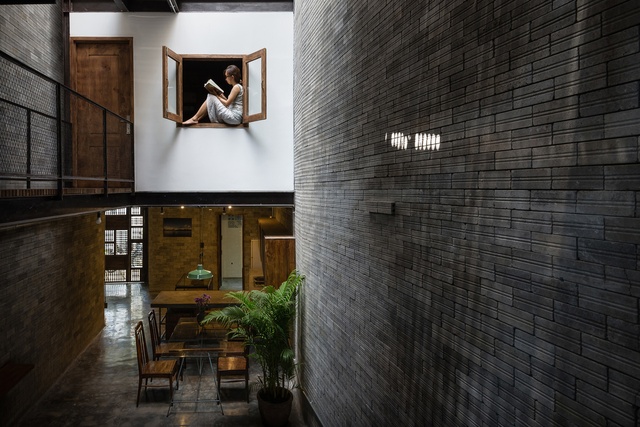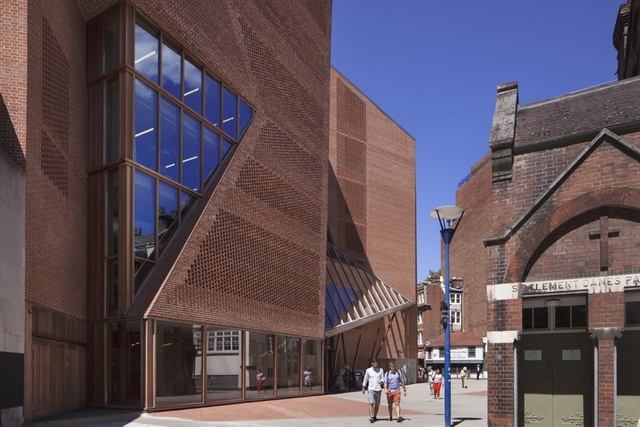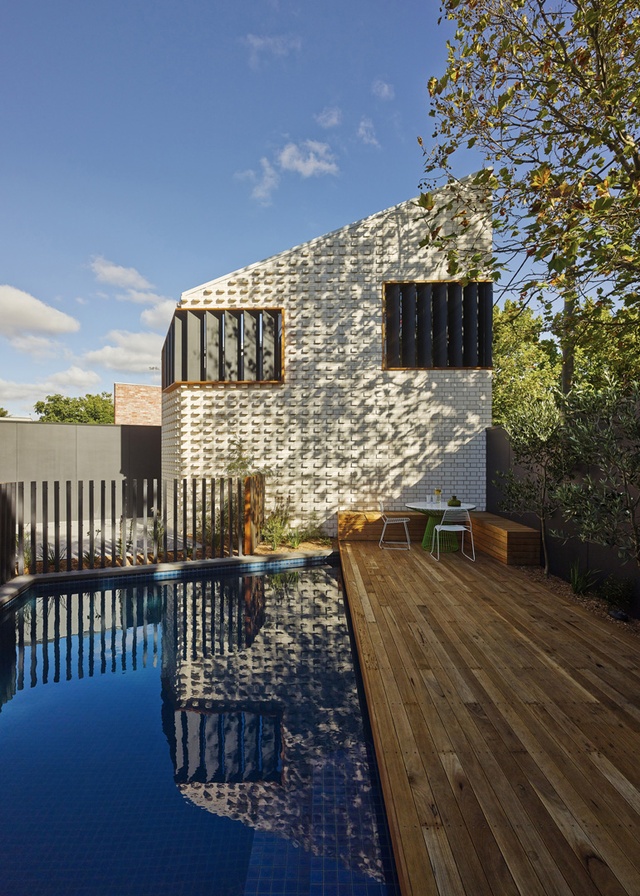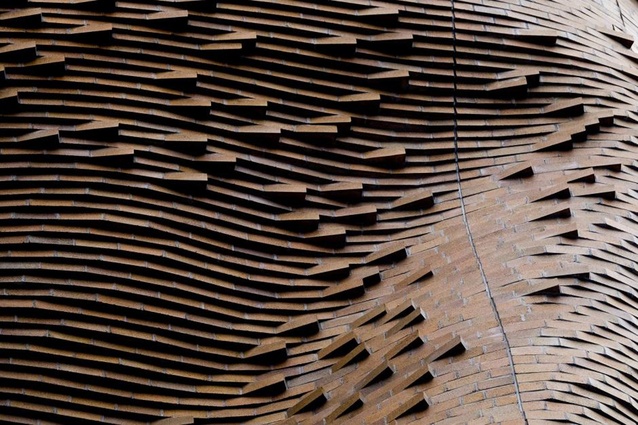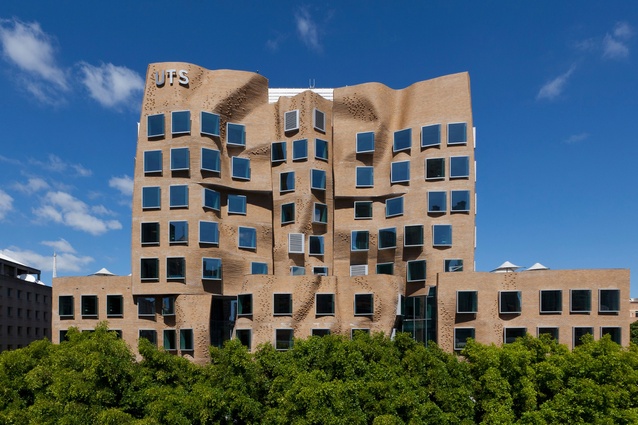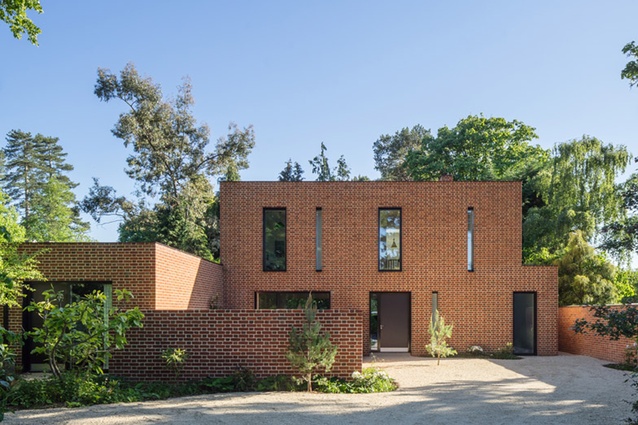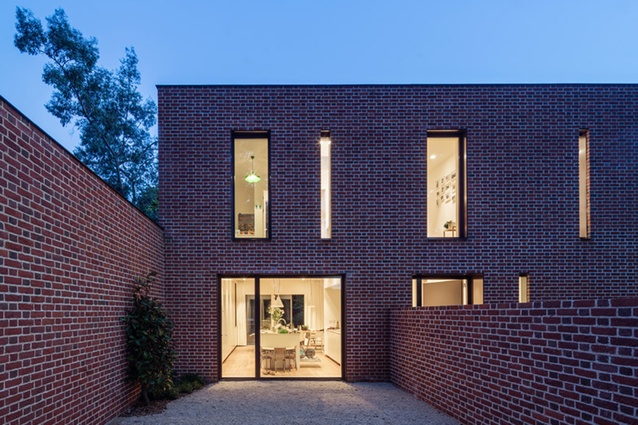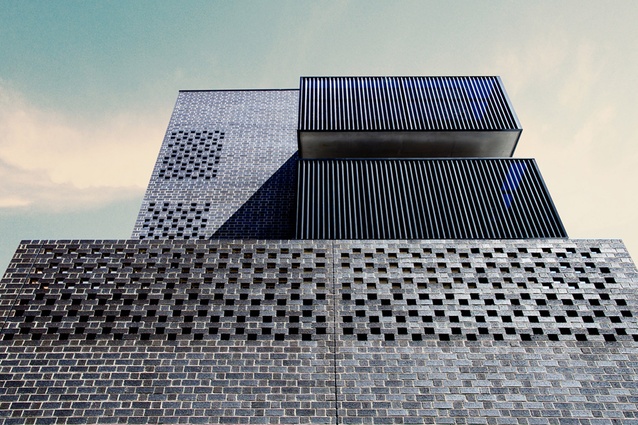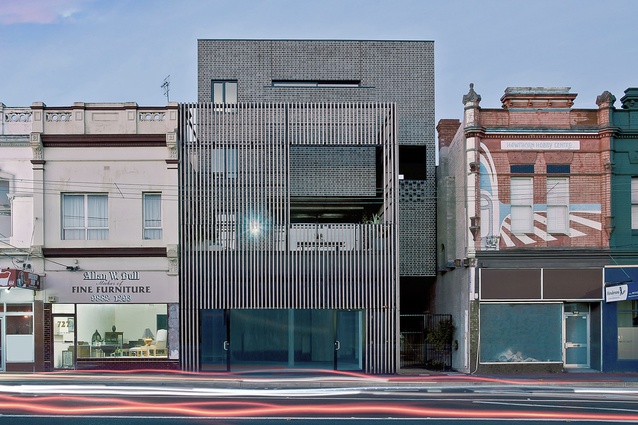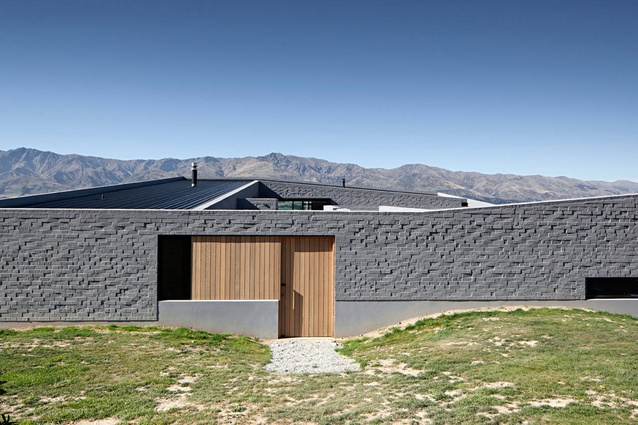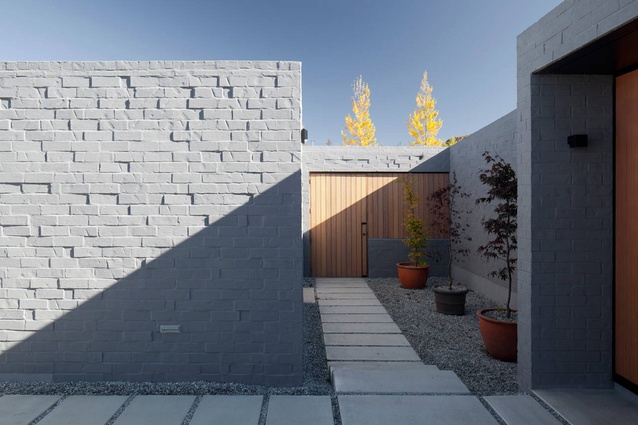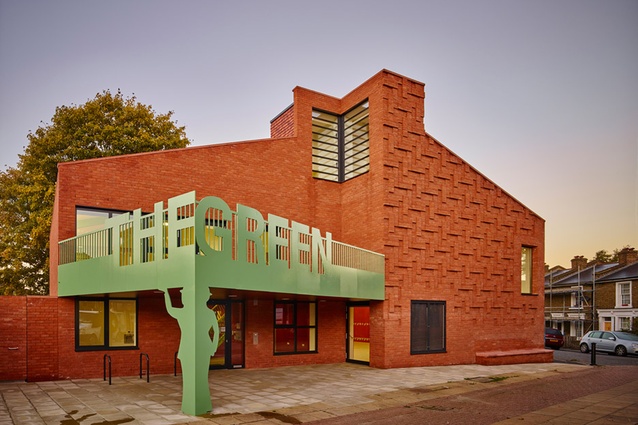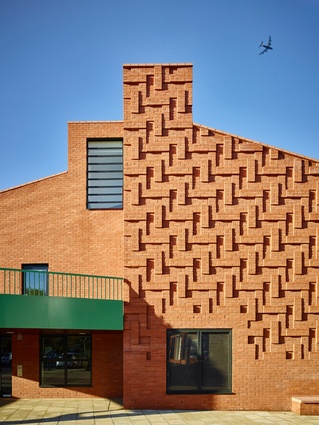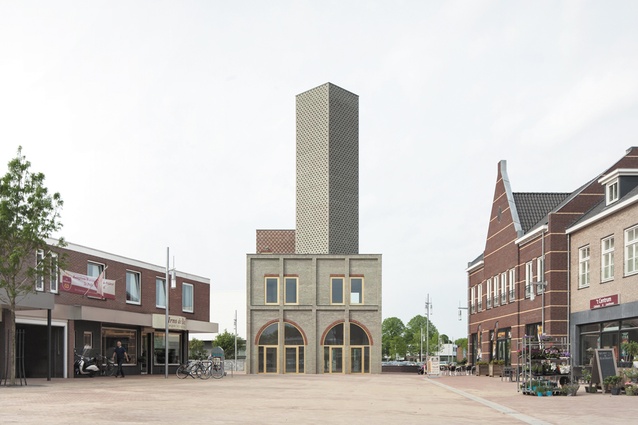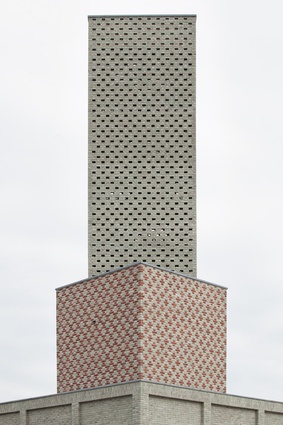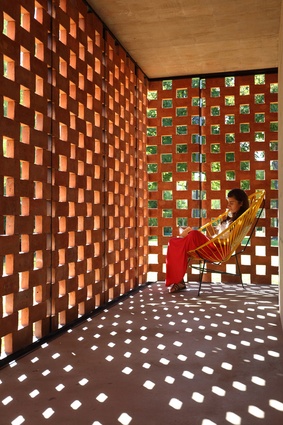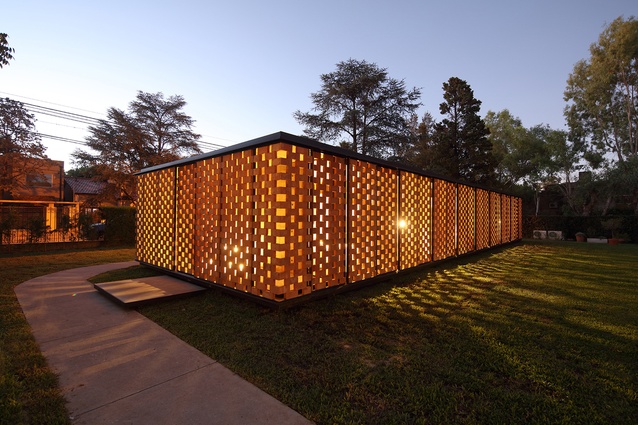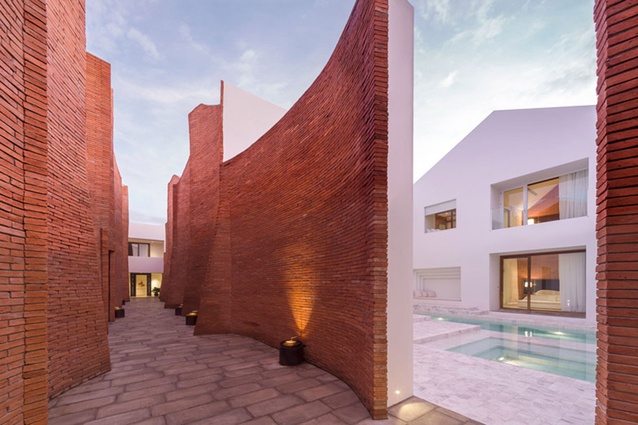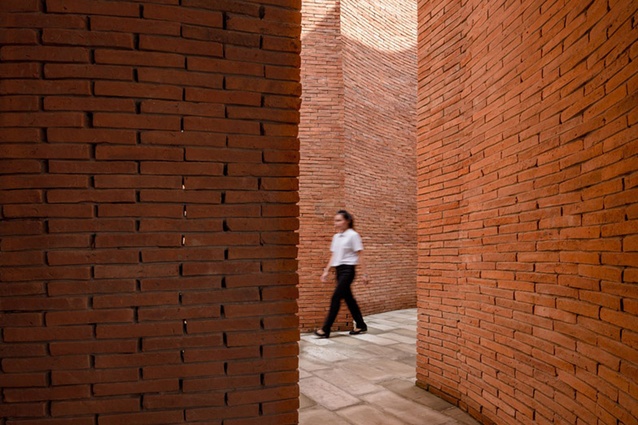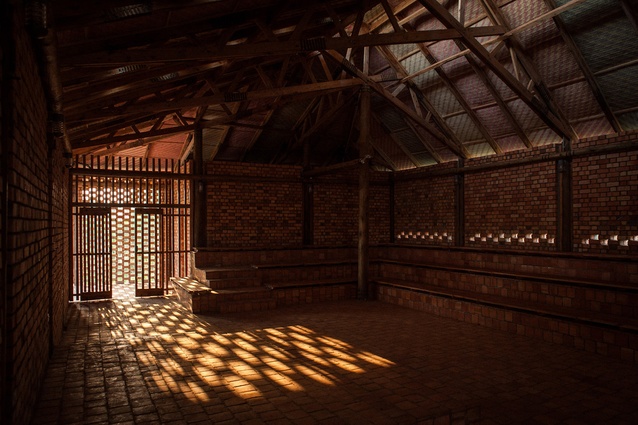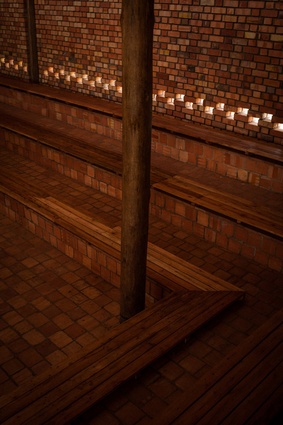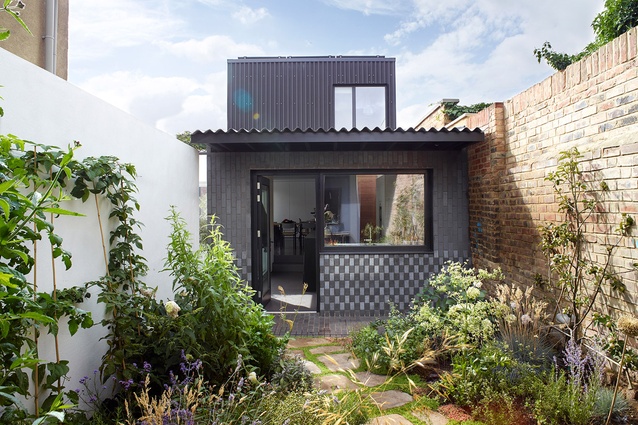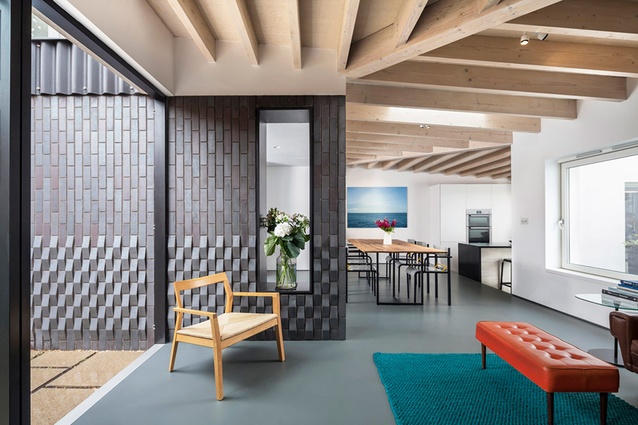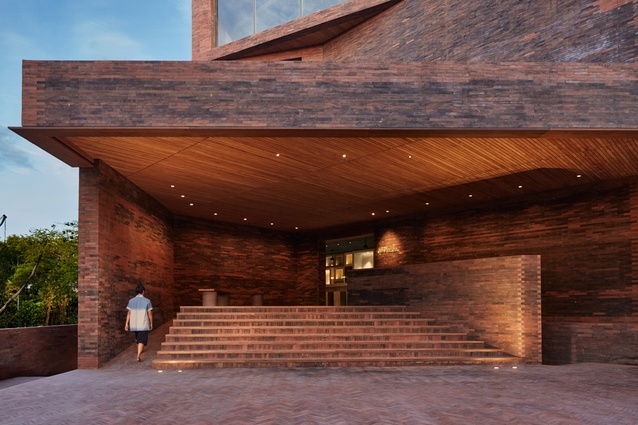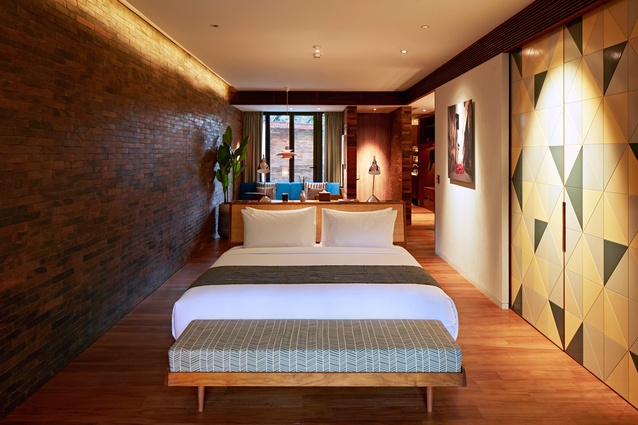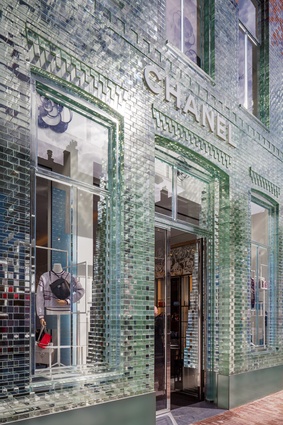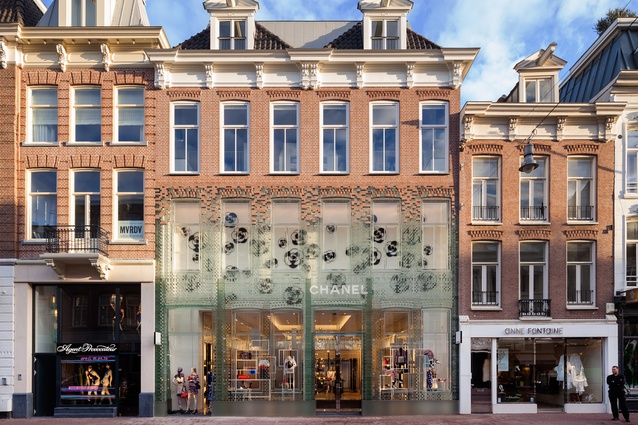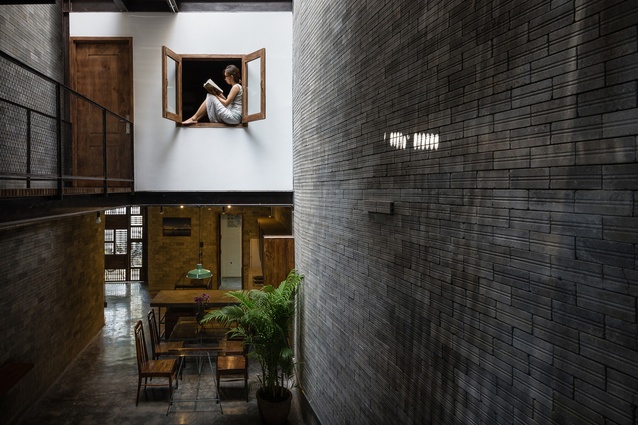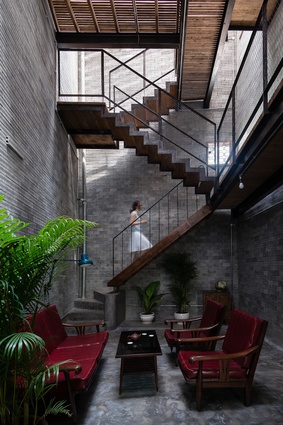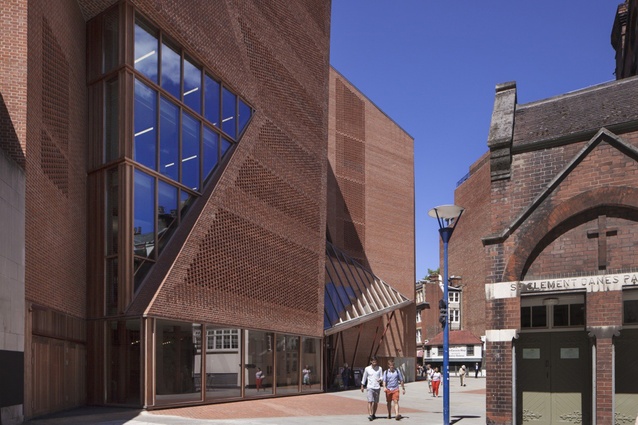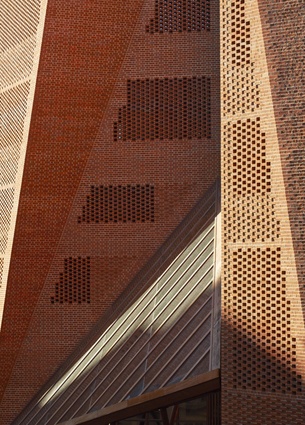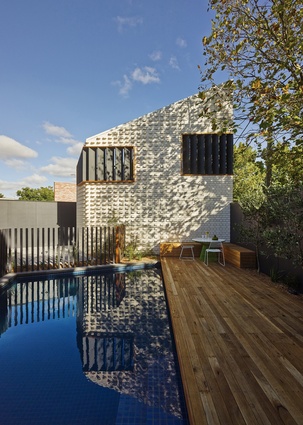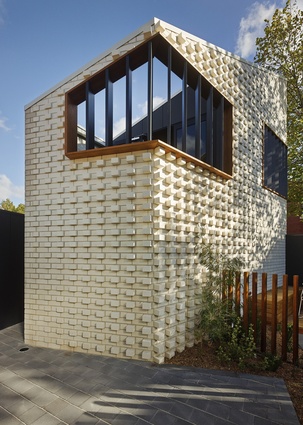Another brick in the wall
“Architecture starts when you carefully put two bricks together. There it begins.” – Mies van der Rohe, 1959.
An ancient construction material, brick was first used at least 6,000 years ago in a sun-dried, mud form, the forerunner of a wide range of structural clay products used today. The Great Wall of China (210BC) was built of both fired and sun-dried bricks, and in western Europe bricks have been used in construction for centuries, where, until recently, it was the foremost material that homes were built from.
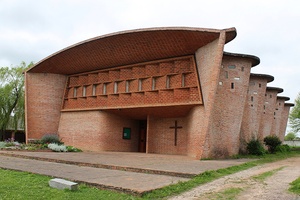
The original concept behind the rectangular block is that it would not be larger than one man could handle on his own. Today, bricks come in an extensive range of sizes and shapes, including bullnose, channel, coping, cownose and hollow bricks to name a few. Every one of these has an unique function and characteristic. While the common burnt clay brick is the most popular and widespread, other materials for bricks include sand lime, concrete, fly ash clay and, more recently, glass.
One of the first innovators to use this fundamental material in a ground breaking fashion was Uruguayan engineer and architect Eladio Dieste (1917 –2000). His famous Atlantida church is a magnificent example of the use of brick that combines two of Dieste’s greatest structural inventions: the Gaussian vault and the vertical ruled surface. Instead of concentrating on the creative use of concrete like many other modernist architects at the time, Dieste focused on using brick and ceramic tile to create elegant and strong structures that were also considerably cheaper than reinforced concrete.
The application of brick for creative architectural purposes has only increased with time. While the use of timber as a building material has become increasingly popular, the design flexibility of brick and its many benefits ensure that the material continues to be specified for a broad range of functions and projects.
Today, there is a diverse range of aesthetic effects that the designer or architect can create with brick. Various colours, textures, patterning, perforations, curvature and finishes are all readily available. Aside from pure design considerations, brick has an exceptionally long life cycle, is strong, durable and resistant to extreme weather. Bricks can help regulate and maintain constant interior temperatures of a structure due to their ability to absorb and slowly release heat.
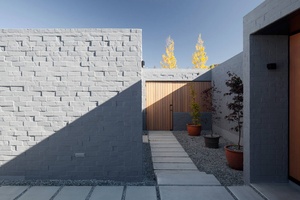
Despite brick often getting a bad reputation as having an ‘unsustainable’ method of production through the energy-intensive firing process that leaves behind a high carbon footprint, it’s important to note that sustainability also extends to the life cycle performance, maintenance, durability and recyclability of buildings.
The UK Brick Development Association notes: “Research recently undertaken demonstrates that the proportion of embodied energy of clay bricks for the modern semi-detached home is equal to just 1.87% of the overall heating requirement for the home over its 150 year life.” Brick can also be easily salvaged and reused in new projects and recycled for use in other bricks or other building materials.
Glamuzina Paterson Architects decided to use brick ‘seconds’ for their Lake Hawea Courtyard House in Otago. Aaron Paterson comments, ”The choice to wrap the façade of the courtyard house in seconds bricks laid randomly came from the desire to create a building whose texture complemented the outstanding natural landscape. The local bricklayers thought we were crazy for moving away from a traditional stretcher bond pattern, but even they had to admit that the pitted rusticated surface provided a stunning canvas to constantly reveal the shifting play of light and shadow.”
See the slideshow above and images below for a roundup of fifteen interesting and innovative projects from around the world that have made this ancient material the highlight of their design.
